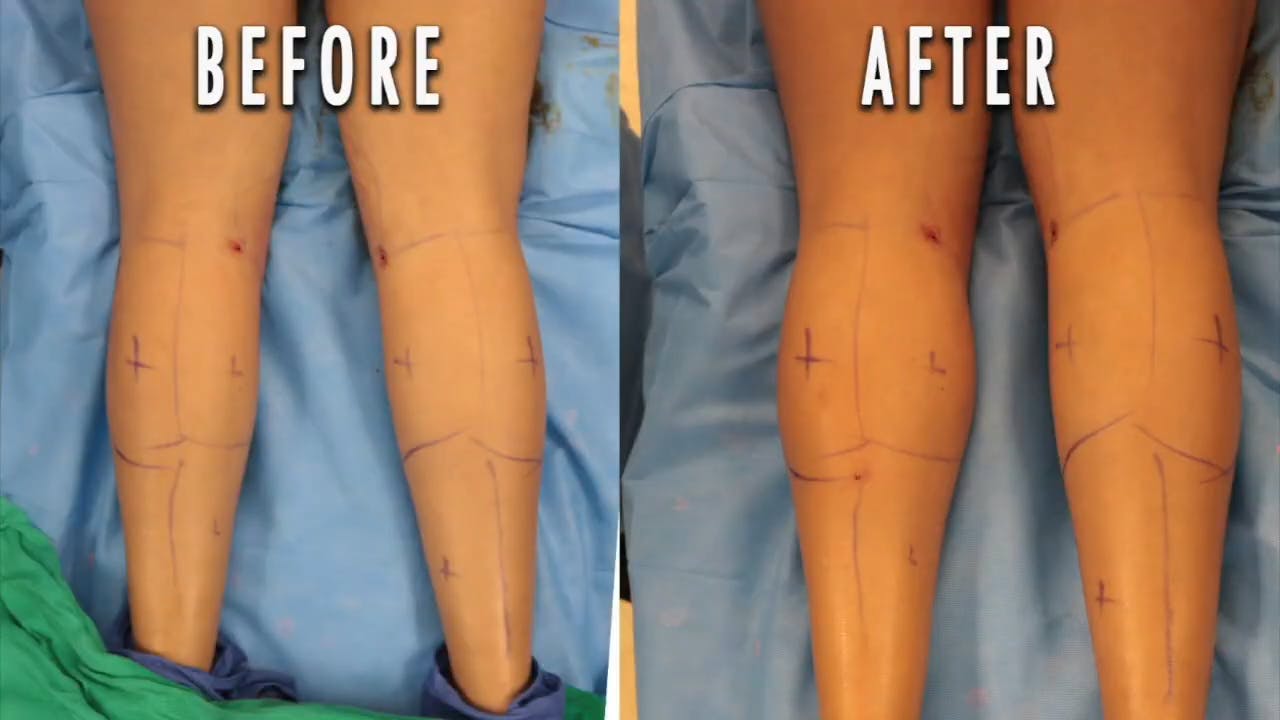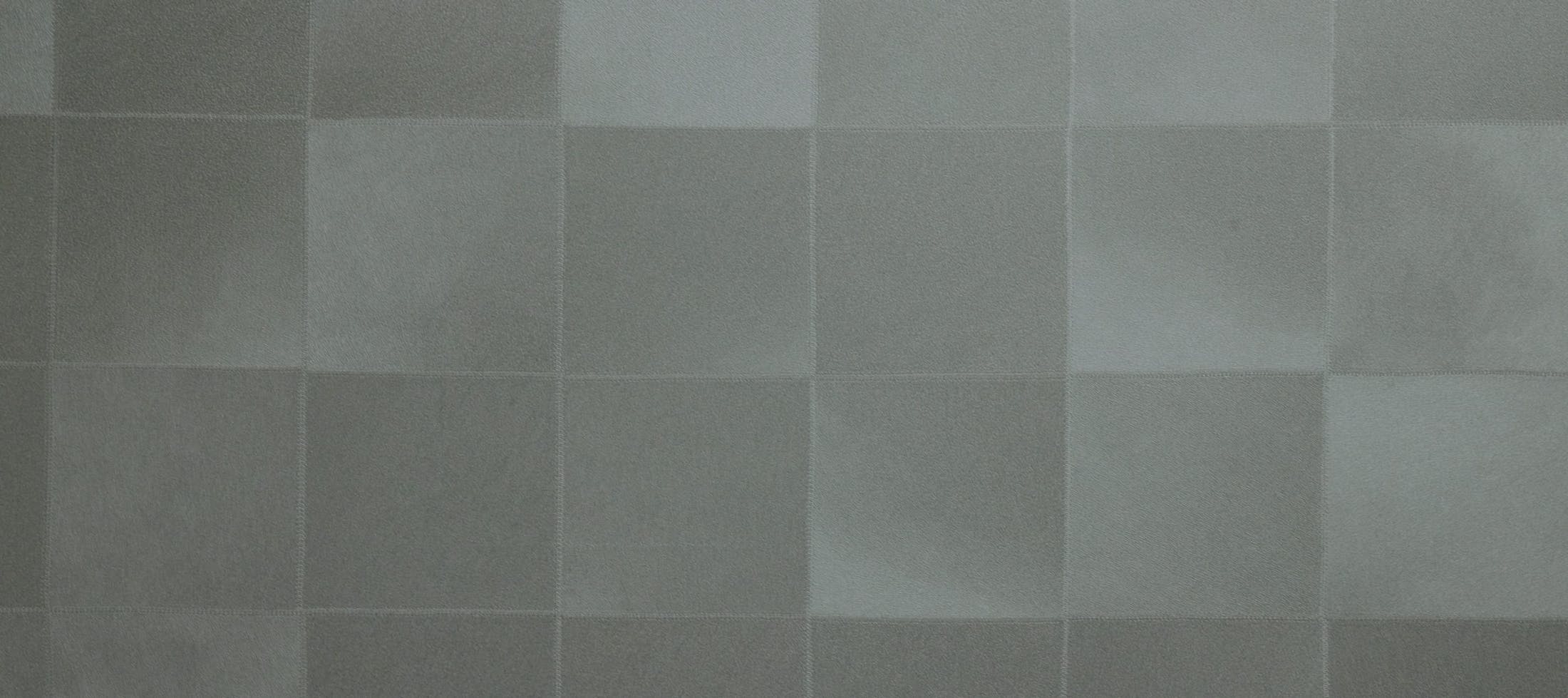Calf augmentation in Beverly Hills & Pasadena with Dr. Leif Rogers is a cosmetic surgical procedure that is performed to enhance the size and shape of the calves.
Who Qualifies for Calf Augmentation?
Calf augmentation is a surgical procedure that is recommended for individuals who are dissatisfied with the size or shape of their calves. If you feel as though you have genetically thin or asymmetric calves, have experienced injury or disease, or desire a more toned appearance to the lower leg, calf augmentation with Dr. Rogers may be ideal for you. Candidates should be in good general health, have good skin quality and elasticity, and not have any underlying medical conditions that could increase the risks associated with surgery.
To learn whether or not you’re a great candidate for calf augmentation in Beverly Hills & Pasadena with our team, we recommend setting up an initial consultation with Dr. Leif Rogers, MD, FACS. During this meeting, he’ll help you explore the details of the procedure and can also help you learn about the other surgical and non-surgical options we offer at our practice. This will help us ensure that we’re going to be able to create results that truly fly above and beyond your expectations, so you can enjoy all the satisfaction and self-confidence that comes along with them.






